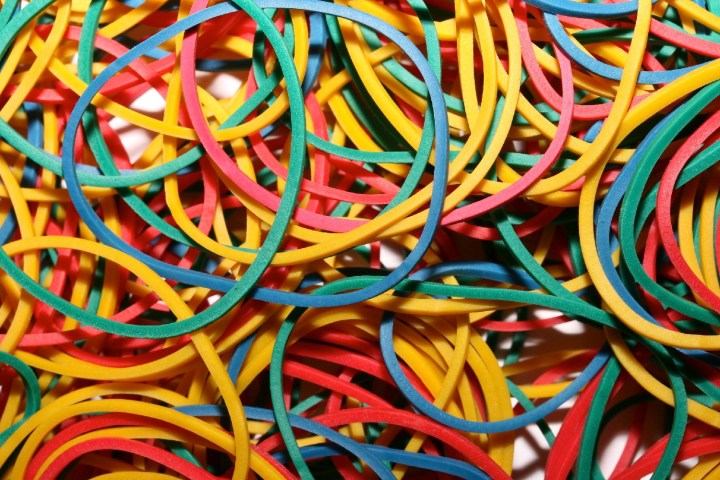
“Graphene is an incredible material,” Jason Risner, director of business strategy for Alliance, told Digital Trends. “It’s essentially an extremely thin sheet of carbon atoms arranged in a two-dimensional hexagonal lattice. This unique structure gives it almost unbelievable strength, which puts even the strongest of steels to shame. It’s considered the strongest material on Earth. It is exciting to experiment with how this material interacts with rubber, and to determine exactly how this super-material could be used in our products to produce attributes never seen before in rubber elastomers.”
The bands themselves aren’t made out of graphene, but rather graphene-infused rubber. Working with researchers at the United Kingdom’s University of Sussex, Alliance is currently carrying out R&D to establish the exact perfect ratio of graphene to rubber. Figuring this out will allow for the creation of rubber bands that retain their elasticity, while gaining massive amounts of durability.
“Graphene-infused rubber bands might sound like a small niche, but there’s actually plenty of potential applications beyond the potential for ultra-durability,” Risner said. “From inexpensive medical bracelets that can sense motion, such as breathing, pulse and joint movement, to color changing bands based on time or temperature for produce packaging, to anti-static bands that protect electronics during shipping, to invisible bar coding.”
Other than working out the graphene-to-rubber ratio for the bands, another big bottleneck is the fact that graphene is not currently available in commercial quantities. However, this is a problem that a number of researchers are working hard to solve. With their help, hopefully we’re not too far away from living in a Utopian world in which rubber bands snapping on our fingers are a thing of the past.
Forget flying cars; that’s the future we want to live in!


